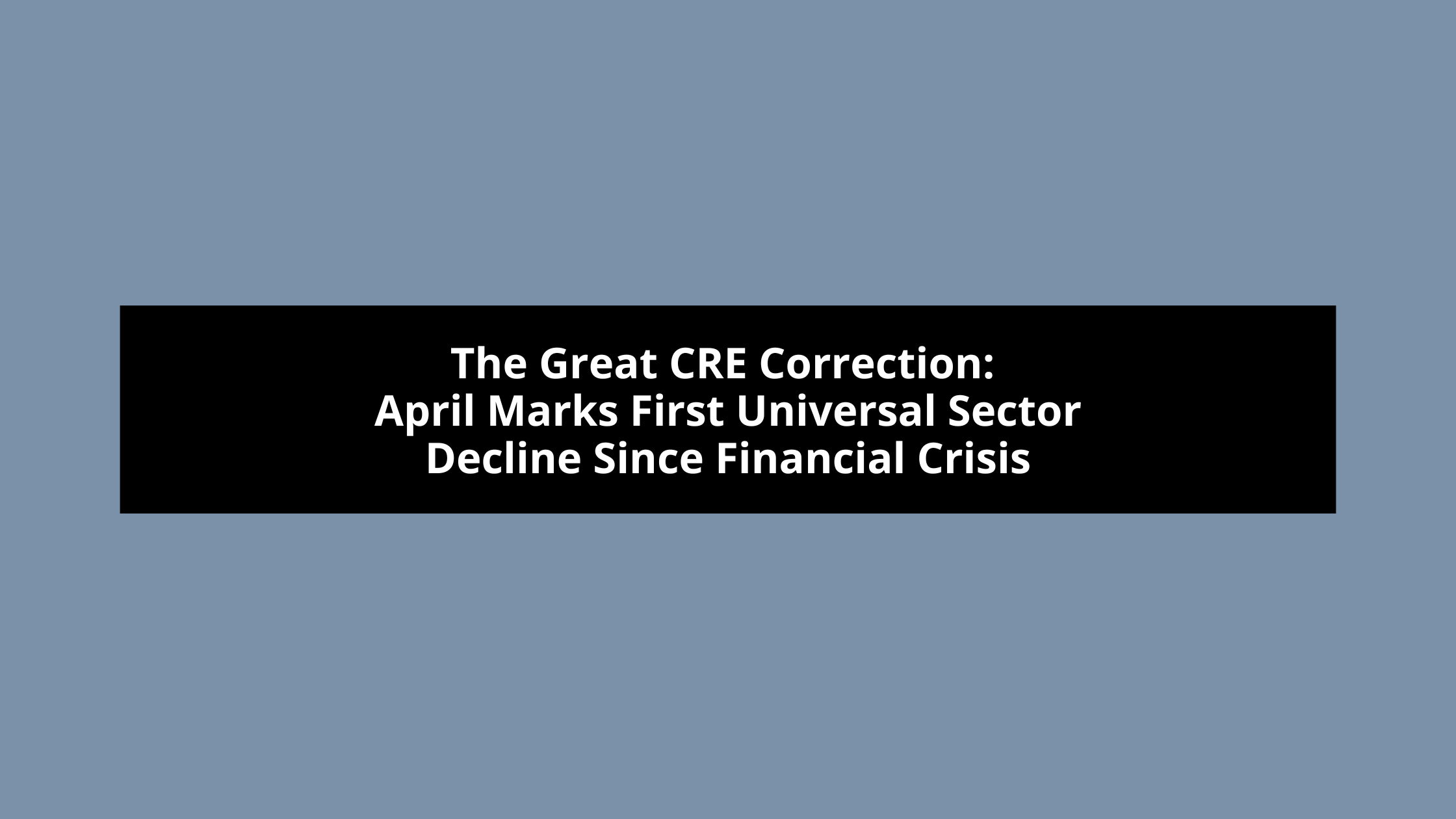As we navigate through 2025, a concerning shift has emerged in economic risk factors. While earlier fears centered on potential trade disputes and tariff impacts, housing has now taken center stage as the primary threat to economic stability. For commercial real estate professionals, this development demands immediate attention as both residential and commercial sectors face mounting pressures.
The New Economic Risk Leader
Housing markets have historically served as reliable early warning systems for broader economic downturns. Residential investment patterns, in particular, have proven to be among the most accurate predictors of recession risk. This year, those warning signals are flashing red across multiple indicators as Housing Market Headwinds Signal Economic Turbulence Ahead.
Citi Research analysts have identified housing as the top threat to the US economy, pointing to weakening activity across the sector and drawing parallels to historical patterns that preceded previous recessions. The combination of rising mortgage rates, declining sales activity, and growing inventory levels has created a perfect storm of negative momentum.
Residential Market Under Pressure
The residential sector is experiencing its most challenging period in recent years. First-quarter data reveals residential investment growth of just 1% quarter-over-quarter and 3% year-over-year. However, when adjusted for inflation, these gains essentially disappear, indicating real stagnation in the market.
Mortgage rates climbing back toward 7% have effectively priced out many potential buyers, creating a demand cliff that’s rippling through sales data. March existing-home sales plummeted nearly 6% from February, marking the steepest monthly decline since late 2022. This dramatic drop coincided with an 8.1% inventory increase as sellers continued listing properties while buyers retreated from the market.
Consumer sentiment reflects this challenging environment. Recent surveys indicate that 77% of respondents consider current conditions unfavorable for home purchases, with buying sentiment reaching some of the lowest levels on record at net -55%.
Commercial Real Estate Feels the Pain
The commercial real estate sector isn’t immune to these broader housing market pressures. For the first time since 2010, MSCI’s RCA indexes have recorded value declines across every major commercial property type—multifamily, office, retail, and industrial—on both monthly and annual bases.
Multifamily properties have borne the brunt of the downturn, experiencing a severe 12.1% year-over-year value decline and an additional 1.5% drop in March alone. This dramatic correction reflects multiple converging factors including falling rental rates, reduced immigration levels, and decreased government spending that previously supported demand.
The office sector continues its struggle with post-pandemic occupancy challenges, while retail properties face ongoing pressure from e-commerce trends and changing consumer behaviors. Even industrial properties, which had been relative bright spots during the pandemic, are now showing signs of weakness as supply chain normalization reduces demand for warehouse and distribution space.
Federal Reserve Response on the Horizon?
The Federal Reserve’s monetary policy response will be crucial in determining how this housing market weakness unfolds. Historically, the Fed has been reluctant to adjust rates based solely on housing data. However, if the current slowdown begins impacting employment levels significantly, rate cuts could arrive sooner than many market participants expect.
The central bank faces a delicate balancing act. While housing market weakness suggests the need for monetary accommodation, broader inflationary pressures and labor market strength have kept rates elevated. A deteriorating employment picture tied to housing sector weakness could tip the scales toward earlier rate cuts.
Implications for CRE Professionals
For commercial real estate professionals, this environment presents both challenges and potential opportunities.
Property valuations across all sectors are under pressure, creating potential acquisition opportunities for well-capitalized investors. However, financing costs remain elevated, and lender appetite for new deals has diminished significantly.
Multifamily investors should pay particularly close attention to local market dynamics, as the 12.1% value decline represents broad market trends that may not apply uniformly across all metropolitan areas. Markets with strong job growth and limited new supply may prove more resilient than the national averages suggest.
Looking Ahead
Economic forecasters are increasingly pointing toward what some characterize as a potential classic recession—deep but potentially short-lived. The timeline and severity will largely depend on how quickly housing markets can stabilize and whether employment impacts spread beyond construction and real estate services.
For CRE professionals, staying ahead of these trends requires careful monitoring of local market indicators, maintaining strong lender relationships, and positioning portfolios for potential opportunities that may emerge from market dislocations. While the current environment presents significant challenges, historical patterns suggest that those prepared to act during downturns often achieve the best long-term results.
The housing market’s role as an economic barometer continues to prove its relevance, and 2025 may well test how effectively the broader economy can weather this particular storm.
About MylesTitle Founder, Owner & Chief Title Insurance Officer
Myles Lichtenberg, Esq., is a recognized leader in the real estate title insurance industry. Since 1979, Mr. Lichtenberg, and his amazing team, have conducted well over 27,000+ real estate title transactions and over $16 Billion Dollars of settled transactions, involving just about every type and variety of real estate configuration – from commercial to residential, from complex to simple and from single-state to multi-state portfolios.


